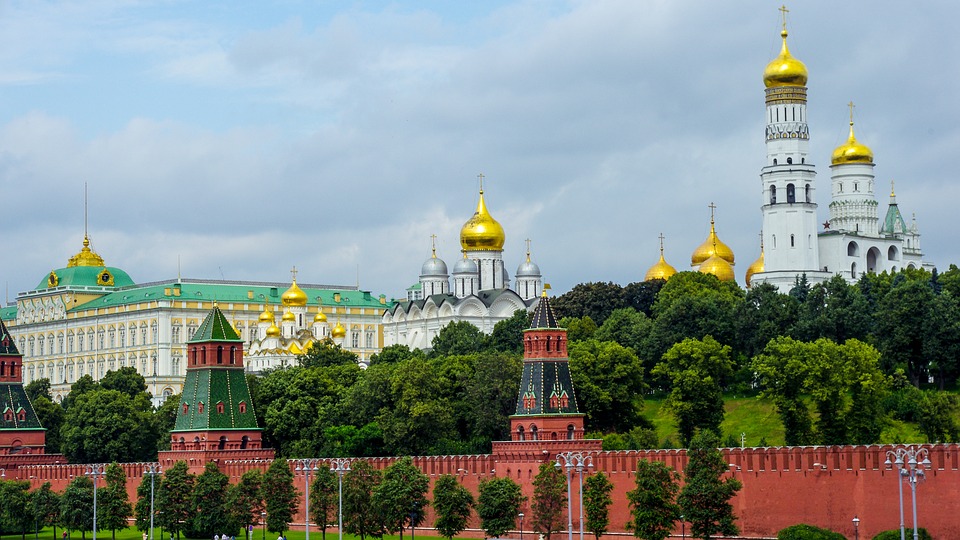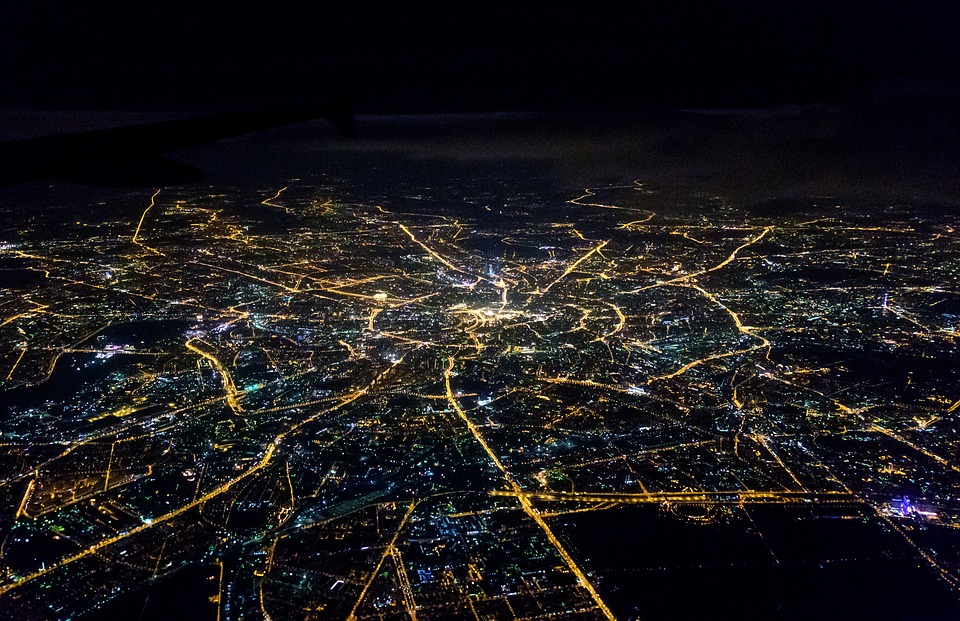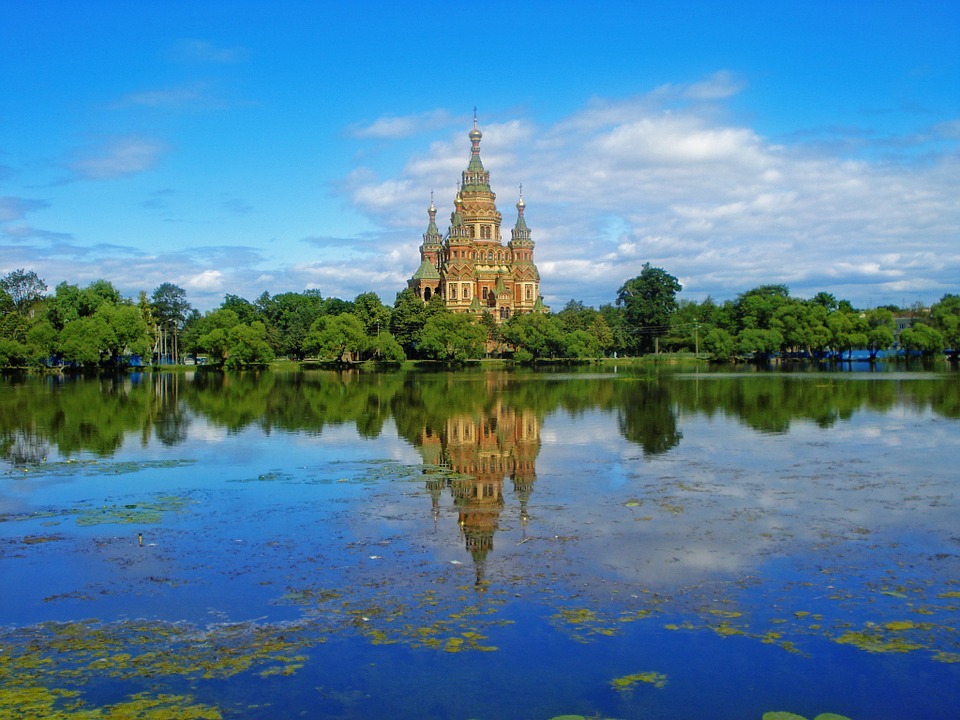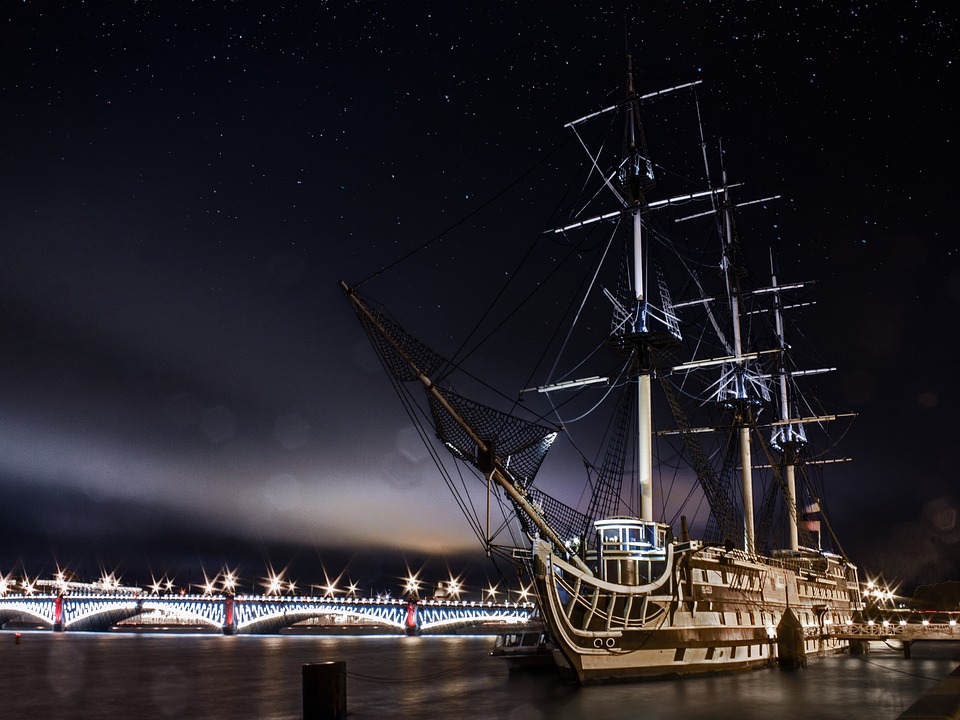Russia
(Rossiyskaya Federatsiya (Russian Federation))







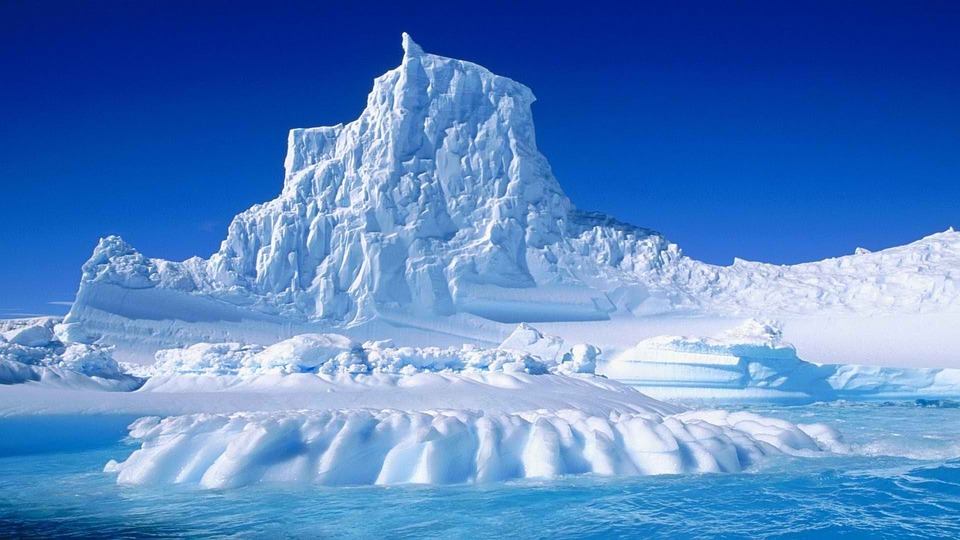





Capital: Moscow
Population (Estimated July 2012): 138,082,178
Area: 17,098,200km2 or 6,601,700mi2
Currency: Ruble (RUB)
Official Language: Russian
Political Information: Presidential Republic
Official Religion: No Official Religion
(approximately 15-20% of the population are Russian Orthodox, 10-15% are Muslim, 2% have other Christian beliefs and the remainder have unknown/unspecified religious beliefs)
Highest Mountain: Mount Elbrus at 5,642m or 18,510ft
GDP Official Exchange Rate (OER is more precise at gauging a countries economic power)
(Estimated 2011): $1.79 trillion (US$) or (GBP)
GDP (OER) Per Capita (per member of the population estimated 2011): (US$) or (GBP)
GDP Purchasing Power Parity (PPP is good for gauging living conditions and use of resources but not as accurate as OER. This data has been calculated based on the sum value of all goods and services produced in the country valued at prices prevailing in the United States)
(Estimated 2011): $2.38 trillion (US$) or (GBP)
GDP (PPP) Per Capita (per member of the population estimated 2011): $16,700 (US$) or (GBP)
Time Zone (GMT/UTC): between +3:00 to +12:00
Counties/Provinces/States: 46 provinces (oblastey, singular – oblast), 21 republics (respublik, singular – respublika), 4 autonomous okrugs (avtonomnykh okrugov, singular – avtonomnyy okrug), 9 krays (krayev, singular – kray), 2 federal cities (goroda, singular – gorod), and 1 autonomous oblast (avtonomnaya oblast’)
oblasts: Amur (Blagoveshchensk), Arkhangel’sk, Astrakhan’, Belgorod, Bryansk, Chelyabinsk, Irkutsk, Ivanovo, Kaliningrad, Kaluga, Kemerovo, Kirov, Kostroma, Kurgan, Kursk, Leningrad, Lipetsk, Magadan, Moscow, Murmansk, Nizhniy Novgorod, Novgorod, Novosibirsk, Omsk, Orenburg, Orel, Penza, Pskov, Rostov, Ryazan’, Sakhalin (Yuzhno-Sakhalinsk), Samara, Saratov, Smolensk, Sverdlovsk (Yekaterinburg), Tambov, Tomsk, Tula, Tver’, Tyumen’, Ul’yanovsk, Vladimir, Volgograd, Vologda, Voronezh, Yaroslavl’
republics: Adygeya (Maykop), Altay (Gorno-Altaysk), Bashkortostan (Ufa), Buryatiya (Ulan-Ude), Chechnya (Groznyy), Chuvashiya (Cheboksary), Dagestan (Makhachkala), Ingushetiya (Magas), Kabardino-Balkariya (Nal’chik), Kalmykiya (Elista), Karachayevo-Cherkesiya (Cherkessk), Kareliya (Petrozavodsk), Khakasiya (Abakan), Komi (Syktyvkar), Mariy-El (Yoshkar-Ola), Mordoviya (Saransk), North Ossetia (Vladikavkaz), Sakha [Yakutiya] (Yakutsk), Tatarstan (Kazan’), Tyva (Kyzyl), Udmurtiya (Izhevsk)
autonomous okrugs: Chukotka (Anadyr’), Khanty-Mansi (Khanty-Mansiysk), Nenets (Nar’yan-Mar), Yamalo-Nenets (Salekhard)
krays: Altay (Barnaul), Kamchatka (Petropavlovsk-Kamchatskiy), Khabarovsk, Krasnodar, Krasnoyarsk, Perm’, Primorskiy [Maritime] (Vladivostok), Stavropol’, Zabaykal’sk (Chita)
federal cities: Moscow [Moskva], Saint Petersburg [Sankt-Peterburg]
autonomous oblast: Yevrey [Jewish] (Birobidzhan)
Leaders: President Vladimir Vladimirovich PUTIN (since 7 May 2012) with Premier Dmitriy Anatolyevich MEDVEDEV (since 8 May 2012).
Sources: CIA World Fact Book, Encyclopaedia Britannica.
No Results Found
The page you requested could not be found. Try refining your search, or use the navigation above to locate the post.







